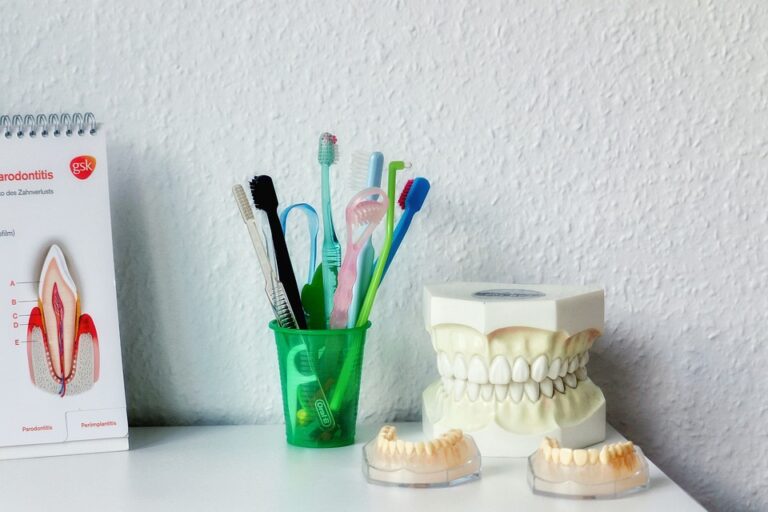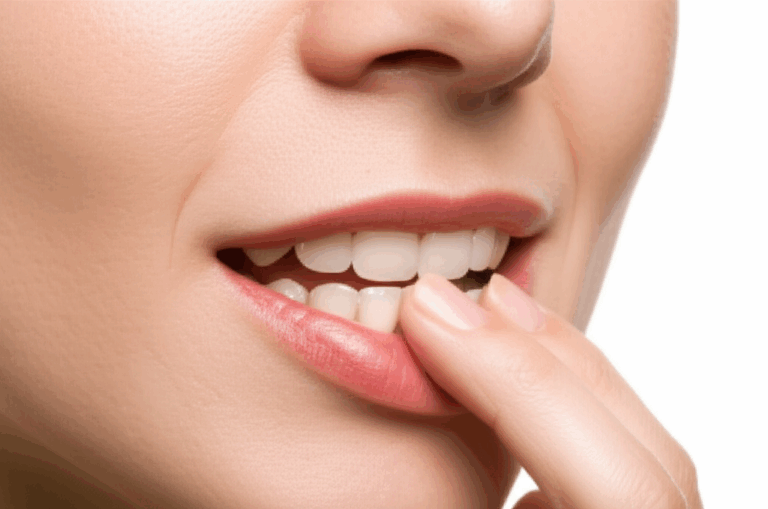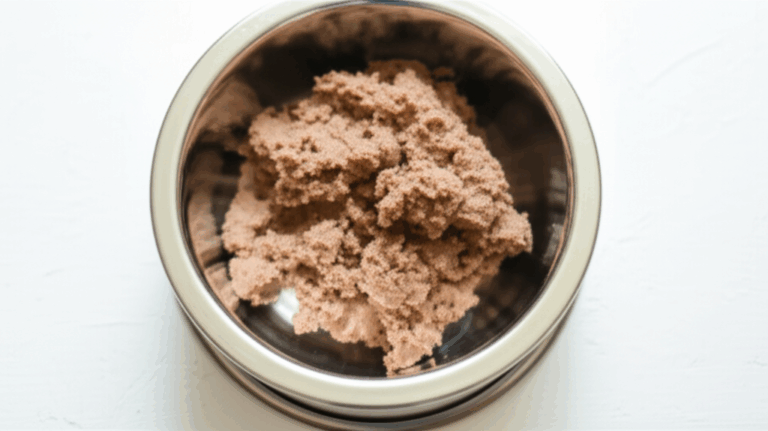
What Do The Back Of Veneers Look Like
I work with words and selling things for a long time. And one thing I learn is that people is always wanting to know what is behind the show. It is not enough to see the nice finished thing. You want to know how it’s made, what the parts you dont see look like. That’s just how people are. And when it’s about something like your smile, you get very curious. You are thinking about veneers, and you have seen all the great before-and-after pictures. But a question that wont go away keeps coming in your head: what’s on the other side? This article shows you what’s really there. I am going to show you just what the back of a veneer looks like, why it looks that way, and how it feel. Knowing this will help you feel good about to decide if veneers are the right thing for you.
So, You’re Curious About the "Secret Side" of Veneers?
Let’s be real. When you think of veneers, you think of a bright, perfect-looking front part. That’s the "show side." It’s what all other people see. But you are the one who has to live with them all the time. So, you start to think about the part no one talks about—the back. You might think it is a hollow shell or a big ugly piece of plastic. Does it feel weird on your tongue? Is there a funny edge?
These are good questions to ask. I had a customer one time who was real scared to get veneers. Not because of the work, but because he think it would be a thick, fake thing on his teeth. He worried he would always feel them, and could not eat or talk normal. This fear of what you don’t know can stop you. It can stop you from getting the smile you want so bad.
The good news is, what is real is much more smart and, really, not as scary as you think. The back of a veneer is not something they just add on. It is a very well-made piece of dental work made to be strong, feel good, and stick perfectly to your real tooth. Understanding this "secret side" is how you get rid of that worry for good.
What Exactly Does the Back of a Veneer Look Like?
Think about a seashell. The outside is smooth, maybe shiny. The inside, though, is often a bit different. It has a not-so-shiny, more rough surface. The back of a veneer is a lot like that. The front is shined up to look like a real perfect tooth, but the back is left a little rough or has a matte finish on purpose. It doesn’t look shiny or slippery at all.
If you was to hold a veneer in your hand before it was put on, you would see the difference easy. The back part is shaped just right to be a perfect copy of the front of your tooth that is ready. Think of it like a puzzle piece made just for you. It’s not a one-size-fits-all cover. It’s a special piece of medical ceramic or composite resin that is made to fit one tooth in your mouth and no other tooth.
This might sound weird first. Why would you not want the whole thing to be smooth? Well, that special rough part on the back is the secret for it to stick strong and for a long time. It’s the key to a good smile that lasts, and it’s what makes a good veneer different from a cheap one that dont last.
Why Isn’t the Back of a Veneer Smooth and Shiny Like the Front?
You’re thinking about getting veneers, and a rough thing inside your mouth sounds… well, not right. It sounds like it won’t feel good. You think it will catch on your tongue or feel like sandpaper. It’s a good thing to worry. If the front is so nice and smooth, why can’t the back be the same? The reason is easy and smart: so it can hold on.
Think of it like this. If you try to glue two glass pieces together, they might stick for a bit, but if you push them, they’ll pop off. The surfaces are too slippery. There’s nothing for the glue to hold. Now, think if you rough up those glass surfaces with sandpaper first. Now, the glue has lots of little spots and lines to go into. When it gets hard, it makes a much stronger hold.
That is just what happens on the back of your veneer. The dental tech guy, usually at a special veneer lab, on purpose, makes a tiny rough feel on the part that sticks. This, sometimes done with a light acid, makes a surface with little holes. When your dentist puts on the tooth glue, it goes into these little holes on both the veneer and your ready tooth, making a super strong connection that’s almost not possible to break. That little rough back is what makes your veneer a part of your tooth for good.
How Does the Back of the Veneer Stick to My Tooth?
Putting on a veneer is like a high-tech building job. It’s all about getting it ready and using the right glue for the job. You wouldn’t just put some glue on wood and hope it works. You’d get the surface ready first. Your dentist do the same thing for your tooth. It takes many steps to make sure your veneer stays on for a long, long time.
First, your dentist gets your real tooth ready by taking off a very thin bit of the top part, about as thick as a contact lens. This does two things: it makes space for the veneer so it doesn’t look big, and it makes a new surface for the glue to stick to. Then, your dentist puts a special gel on your tooth. This gel, like the one used on the back of the veneer, makes tiny rough spots on the tooth, making it ready for the glue.
Next is the special glue. This is not your normal superglue. It’s a special resin glue that comes in different colors to make sure the final color of your veneer is perfect. The dentist puts this glue on the back of the veneer and then careful puts it on your tooth. They will make small changes to get it in the right spot. Then, they use a special light. This light makes the glue hard in just seconds and makes that strong, forever bond we talked about. It glues the veneer to your tooth so it become one solid thing.
Will I Be Able to Feel the Edge of the Veneer with My Tongue?
This is maybe the biggest scary thing I hear about. The thought of having a little “lip” or edge at the top of your tooth, a thing that always bothers your tongue to find and play with. You think it will feel thick, not natural, and always there. It’s a bad thought, and if veneers felt like that, no one would want them.
Here is the answer, and it’s all in how good it is made. A veneer that is made and put on right should feel all smooth. When your dentist puts the veneer on, they dont just stick it on the front. The edge of the veneer is made to meet the edge of your ready tooth perfect. There should be no space and nothing sticking out. Your dentist will polish the line where they meet very, very careful until it is totaly smooth.
When you move your tongue over your new veneer, you should not feel a bump or edge. It should feel just like your real tooth. For the first day or two, you might feel your teeth more just because something is new, like when you get a filling. But very fast, you get used to it, and the veneer becomes just another part of you. If you can feel an edge or rough spot after, that’s a sign something is not right, and you should call your dentist right away to have it made smooth.
Are the Backs of All Veneers the Same?
It’s easy to think a veneer is a veneer. But like with cars or suits, there is different kinds of quality and different materials, and that changes how they are made, and the back too. The two main kinds of veneers are porcelain and composite. They both want to do the same thing, but the “secret side” of each one can be a little different.
Porcelain veneers are the best one. They are made in a dental lab by a person who is very good at it. The back of a porcelain veneer is usually scratched with a special acid at the lab to make that perfect, hole-y surface for sticking. This material is very strong, dont get stains, and has a look that is just like a real tooth. A very good lab, if it’s an arch dental lab near you or a top china dental lab, they do it perfectly.
Composite veneers, on the other hand, are many times made right on your tooth by the dentist in one visit. With this, there is no “back of the veneer” that is already made. The dentist makes your tooth rough, puts on a sticky agent, and then shapes the composite material right on your tooth, little by little, before making it hard with a light. So, the “back” is just how the material and your tooth stick together. They are faster and cost less, but composite veneers are not as strong and get stained easier than porcelain and might not last as long.
How is the Back of a Veneer Custom-Made for My Tooth?
Getting a veneer is not like buying a thing from the store. It’s a process made just for you. Your smile is special, and each tooth have its own shape. A veneer is only good if it fit perfect. If the fit is off just a little bit, it can make problems with your bite, make a place for icky stuff to hide, and in the end, it will break.
This is where your dentist and a good veneer lab working together is so important. After your dentist gets your tooth ready, they will take a very good mold or a 3D scan of your teeth. This scan is like a plan. It’s sent to the lab where the lab person—who is like a real artist—uses it to build your veneer. They dont just look at the front. They make the back of the veneer very carefully to fit the ready tooth surface perfectly.
The tech person thinks about every little thing: the shape, how thick it is, and where the edges are. They make sure the back is shaped perfect to make a smooth, strong, and good-feeling fit. This special making is what makes the veneer feel like a real part of your tooth, not something that don’t belong. It’s a nice mix of medical science and art.
Can Food Get Trapped Behind My Veneers?
You’re worried that having veneers will make new spots and spaces where food and bad stuff can get stuck. It’s a smart thing to worry about because your long-term teeth health is the most important. You think about always having to poke around your veneers after you eat, scared of bad moments or, worse, cavities getting under them.
Let me make that fear go away. With a veneer that fits good, this just does not happen. Like we said, the veneer is glued right to the tooth, making one solid piece. There is no “behind” for food to get stuck in. The line where the veneer and tooth meet should be so tight and smooth that even one hair from a toothbrush could not get under it.But, this shows why you need to keep your mouth clean. You still need to brush and floss like you always do. Flossing is very, very important to clean the spaces *between* your teeth with veneers, just like with your real teeth. A veneer that is sealed good protects the front of your tooth, but the parts of the tooth that are not covered, especially by the gum, can still get cavities if you dont care for them.
What if the Back of a Veneer Feels Rough or Uncomfortable?
You did the whole thing, you have your new smile, but something feels… not right. Your tongue keeps finding a rough spot or a sharp edge. This is not the smooth thing you were told. It bothers you. You spent time and money on this, and now you have a new problem that is always in your head. You might even be scared to call your dentist, thinking you’re complaining too much.
Do not be scared. You are not being picky. A veneer should feel all smooth and good. If it don’t, you need to say something. A rough spot or a small part sticking out (called a “ledge”) is not just a bother; it’s a trap for bad stuff. Germs can easy get on a rough surface, which can make your gums get sore or even make a cavity along the edge of the veneer.
The fix is most times very easy. Your dentist can easy smooth and polish any rough parts in just a few minutes, with no pain or shots needed. It’s a small change that makes a big difference in how you feel and in the health of your smile for a long time. A good dentist wants you to be 100% happy and feel good, so never feel bad to call for a check-up.
Does the Back of the Veneer Affect the Health of My Gums?
Your gums are the bottom of your smile. If your gums are not healthy, your teeth are not healthy. So you might ask if putting something that isn’t supposed to be there so close to your gum could make it sore, pull back, or cause other problems. You have worked hard to not get dental diseases like sore gums (gingivitis), and you for sure dont want the work to make it look better to make new health problems.
This is where that perfect, custom fit is super important not just to feel good, but for health. The back and edge of the veneer must be shaped so it doesn’t push on your gums. If a veneer is too thick or big near the gum, it can make a shelf where bad stuff can build up. This bad stuff will make the gums sore, red, swollen, and bleed—the things you see when you have gum problems.
A good dentist and lab person work together to make sure the veneer comes out from the gum just like a real tooth. The edge is put on careful, and the shape is smooth. This lets you brush and floss good, keeping your gums healthy and pink. A veneer made good doesn’t just make your tooth look better; it fits in good with the gum around it, helping your overall teeth health for the long run.
Key Things to Remember
- The Back is Rough for a Reason: The back of a veneer has a not-shiny, kind of rough surface. This is not a mistake; it’s made like that to stick super strong to your tooth.
- How it Fits is Most Important: A good veneer is made just for your tooth to fit perfect. There should be no spaces, ledges, or bits sticking out.
- It Should Feel Smooth: After it is on, you should not be able to feel the edge of the veneer with your tongue. It should feel like your real tooth.
- Don’t Be Okay with Feeling Not Good: If any part of your veneer feels rough or sharp, tell your dentist right away. It’s usually a fast and easy fix.
- Keeping it Clean is Still Your Job: Veneers dont get cavities, but the tooth around them can. You have to keep brushing and flossing good to keep your gums and teeth healthy.
- Good Quality is Important: The final look, feel, and how long your veneer lasts all depend on how good your dentist is and the quality of the dental lab that made it.








